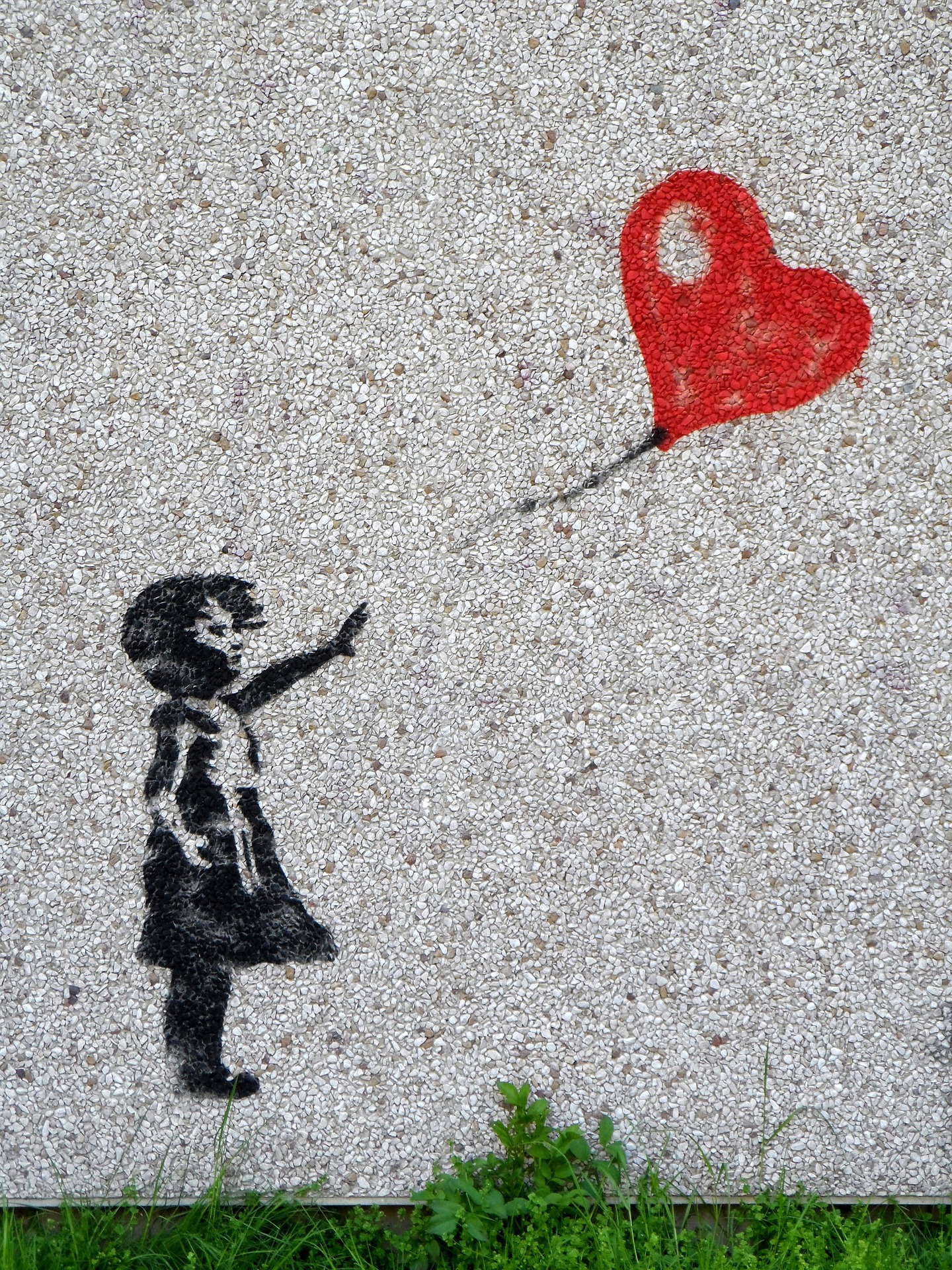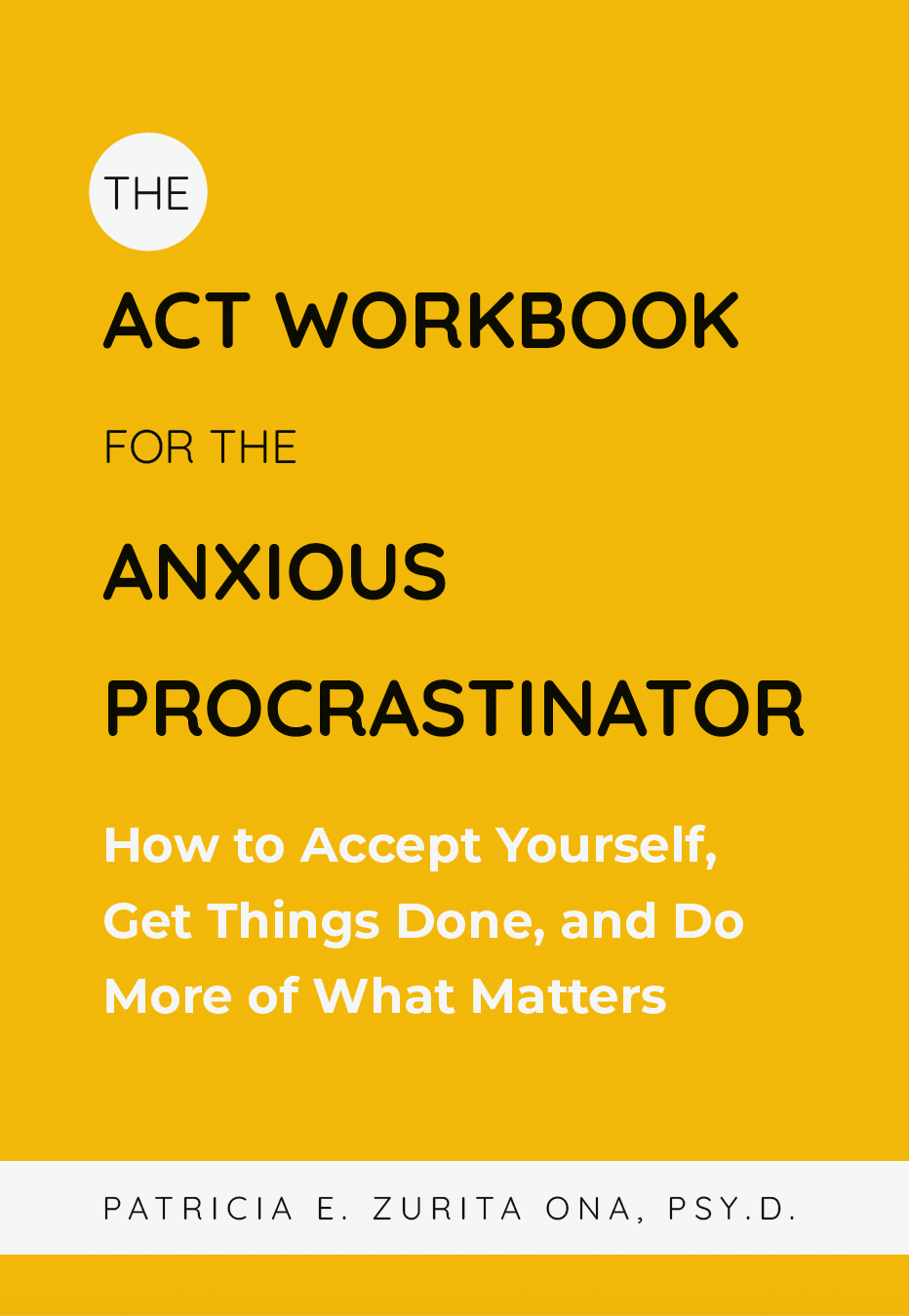A Child’s Unseen Battle: The Story of Separation Anxiety
Every morning, when the sun spills through the curtains and the house stirs awake, the same dread creeps in. “What if today is the day they don’t come back?” It starts as a whisper in his mind, then grows into a storm—palms sweating, heart hammering, breath shallow.
He clings to his mother’s sleeve as she packs her bag, his small fingers twisting the fabric. “Please don’t go,” he begs, voice cracking. “I’ll be good. I’ll clean my room. Just stay home.”
The fear isn’t new. For months, he’s mapped out every possible disaster: What if a car crash happens? What if they forget about me?
The night before a parent’s work trip, he lies awake, stomach churning, rehearsing ways to sabotage their plans. On school mornings, he counts the steps from the front door to the car, bargaining silently: If I make it to ten without blinking, they’ll come home early.
Home, too, has become a minefield. Even when his parents are just rooms away, the walls feel too wide, the silence too loud. If his father disappears into the garage or his mother retreats to the home office, he follows like a shadow, lingering in doorways.
Being alone in his bedroom? Unthinkable. The mere idea sends him sprinting down the hall to plant himself at the kitchen table, where he can hear the clatter of dishes and the rumble of his dad’s laughter.
He’s tried explaining it: “It’s like my heart knows something bad will happen if I’m not watching them.” Sleepovers? Canceled. Playdates? Only if a parent stays within sight.

Separation Anxiety Disorder
At some point during childhood most children have difficulty with being away from their parents or caretakers, that’s natural. Perhaps a child will initially express concern about a parent beginning a new job which requires traveling or a teen might be hesitant to have their first sleepover away from home. However, for some of them, anxiety about being apart from one’s attachment figures significantly impedes their functioning significantly, at a different level. From being naturally worried about their caregivers they are suddenly constantly worried about them as if it was a full time job; their worry it’s disproportionate, lasts excessive amounts of time, and they cannot let it go. That’s Separation Anxiety Disorder.
Separation Anxiety Disorder (SAD) is most common among children ages 12 and under, generally affects 3-5% of children and youth, but it can affect individuals across the lifespan.
SAD involves developmentally inappropriate, persistent, and excessive worry about losing one’s loved ones because of the fear that something bad could happen to them or fear of being abandoned by them (e.g. I’m afraid my parents won’t be back home; what if they get sick and don’t come back, what they just leave me here, etc.)
Such worry impairs the child’s ability to perform regular activities such as attending school, leaving the house, or even doing fun activities like going on playdates or traveling for vacation.
Individuals with Separation Anxiety Disorder may engage in compulsive checking behaviors in order to make sure they know their parents or caregivers are okay such as calling them constantly, texting very frequently, or requesting their parents to tell them where they are and what time they’re coming back home; at home, they might even follow their attachment figures fearful of letting them out of sight.
In younger children, SAD may manifest through physical symptoms that emerge as a separation approaches.
For instance, a child may suddenly start feeling sick when it’s time for the parent to go to work or when it’s time for them to go to preschool.
Cognitive Behavior Therapy (CBT) is the treatment of choice for treating anxiety disorders, including Separation Anxiety Disorder, among children and adolescents (Ehrenreich, Santucci, & Weiner, 2008).
A particular type of intervention is called Exposure Response prevention (ERP) that will help children, teens or individuals struggling with SAD to gradually face their core fears.
References
Diagnostic and statistical manual of mental disorders: DSM-5. (2013). Washington, D.C.:
American Psychiatric Association.
Ehrenreich, J. T., Santucci, L. C., & Weiner, C. L. (2008). Separation Anxiety Disorder in youth: Phenomenology, assessment, and treatment. Psicologia Conductual, 16(3), 389–412. http://doi.org/10.1901/jaba.2008.16-389






